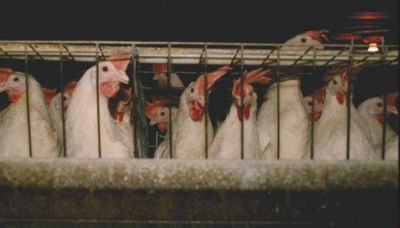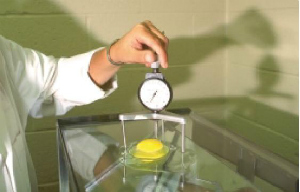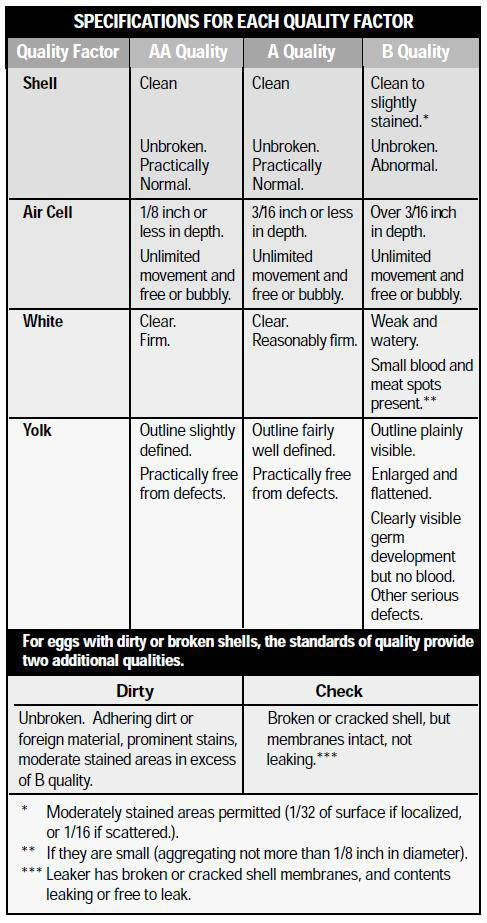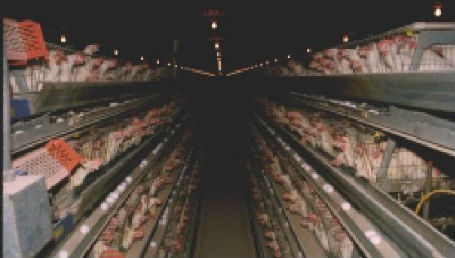It turns out that the USDA can squeeze in everything they want to say about eggs in just 50 pages or so. You can click here to read the whole thing (it does have pictures by the way). Eggs are inexpensive protein, healthy, tasty and ubiquitous—so what do we really need to know about that takes up 50 pages?
I have always thought that chickens the world over make the “cluck, cluck” noise when imitated by humans. Turns out I was wrong. Last Friday at work two friends (who are Persian) were talking about how the chicken sound is actually different in the Persian language. Do not worry, I will not embarrass myself by trying to transliterate it here for you.
According to Jared Diamond in his Nobel Prize winning book, Guns, Germs and Steel, chickens actually come from (are native to) China. As it turns out these extremely adaptable birds are found in just about every part of the world today from Haiti to the Himalayas, from Kansas to Kilimanjaro, from Montana to the Muppet Theater.
Since the popularity of eggs has only gone up the means to produce them has gone from backyard food-scrap management to battery corn fed egg production. There is a big difference between chickens raised like this:



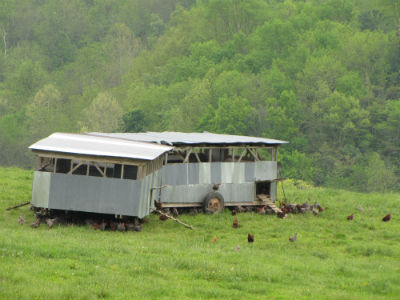
And chickens raised like this:
And what does the term “Farm Fresh Eggs” mean anyways? Well according to this British website, the terminology can legally break down as follows:
“Farm”: meaning that the chicken was not producing eggs in something like say an urban office building. A farm may conjure up images like chickens wandering through a country pasture keeping an eye out for a fox in the hedgerow with rolling green hills and a red barn punctuating the landscape—not by a long shot. Think large metal structure with chickens in a cage living its entire existence in the space that you could fit a piece of printer paper.
“Fresh”: naturally you think that they would be trucked in just this week, may be even still warm? Not likely. Fresh can mean up to 21 days old sitting in a cold storage on a pallet. You may be surprised to learn what the acceptable shelf life is for an egg.
“Egg”: this may be the only intuitive term in the description.
Recently I got a hold of some backyard chicken eggs and I wanted to do some kitchen performance evaluation. Now I do not have all of the precise measuring equipment like the USDA (Haugh Meter), but I know what I like as far as eggs go. So I did a comparison. The eggs on the left are store bought (corn feed and darkness) and the eggs on the right are backyard variety (bugs and sunshine).


At first glance it is hard to come up with a firm answer to exactly what the difference is by just looking at them with the eye. Hard boiled, poached or fried the eggs all look pretty close to the same with a slightly darker orange going to the backyard chicken variety. However, the true difference is in the taste. The backyard eggs taste much better as the chicken is able to vary her diet with available protein and foliage. For the record, chickens are not vegetarian.
How about the difference in color of the shell—brown or white? Physiologically it comes down to the pigmentation in the chicken’s genetics. As far as humans are concerned, it seems to be a regional preference for what people like best. According to the USDA,
For many years, consumers in some areas of the country have preferred white eggs, believing, perhaps, that the quality is better than that of brown eggs. In other areas, consumers have preferred brown eggs, believing they have greater food value. These opinions do not have any basis in fact, but it is recognized that brown eggs are more difficult to classify as to interior quality than are white eggs. It is also more difficult to detect small blood and/or meat spots in brown eggs. Research reports and random sample laying tests show that the incidence of meat spots is significantly higher in brown eggs than in white eggs (Egg-grading manual, 2000).
Lastly, we should talk about the letter grading of eggs. When eggs were produced on a family farms the grading was much more manual. Now-a-days you can get whiz-bang gadgetry like this:
The USDA grading criteria breaks down to external and internal features. If you are not up to read the 50+ pages from the USDA, the State of Georgia managed to get the point across here in a few paragraphs. External features are the basic shape, weight, condition and cleanliness of the shell which is straight forward and easy to understand. The interior qualities of the egg are much more difficult to quantify but the following diagrams should help:
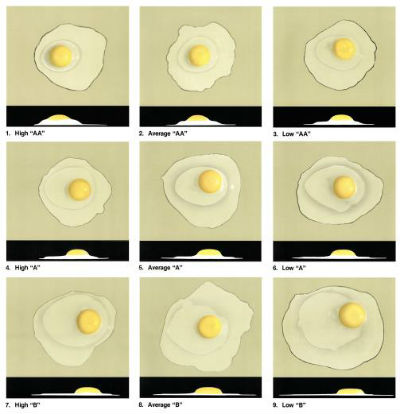
Eggs, I love them. So which egg is best? For me, the eggs that are produced in the back yard are always the best. They taste the best, and you know the condition of the flock. The chickens that roam around the yard (or paddock shift is even better!) keep the bugs in check and they demonstrate to us that we can arrange to better facilitate nature to produce our food or we can try to come up with inhumane accelerants for nature end up with a broken food system.
Wilson
Pro Deo et Patria
Photo Credits:
Chickens, Chicken Tractors and the Egg Mobile were taken by Pantry Paratus at Polyface Farms
Chickens in a cage by USDA
Haugh Unit by USDA
Charts by USDA
Battery Egg Farm by USDA
Works Cited:
(2000). Egg-grading manual. USDA. Retrieved from http://www.ams.usda.gov/AMSv1.0/getfile?dDocName=STELDEV3004502
Further Reading:
http://www.ams.usda.gov/AMSv1.0/getfile?dDocName=STELDEV3004502
http://www.georgiaeggs.org/pages/grading.html
http://poultry.allotment.org.uk/advice/eggs
http://www.wisegeek.com/why-are-chicken-eggs-different-colors.htm
http://jennifercopley.suite101.com/nutrition-freerange-vs-batterycage-eggs-a186899
http://www.incredibleegg.org/egg-facts
http://www.eggcartonstore.com/New-Model-Jiffy-III-Egg-Grading-Scale-p/tecs-sc-1.htm

